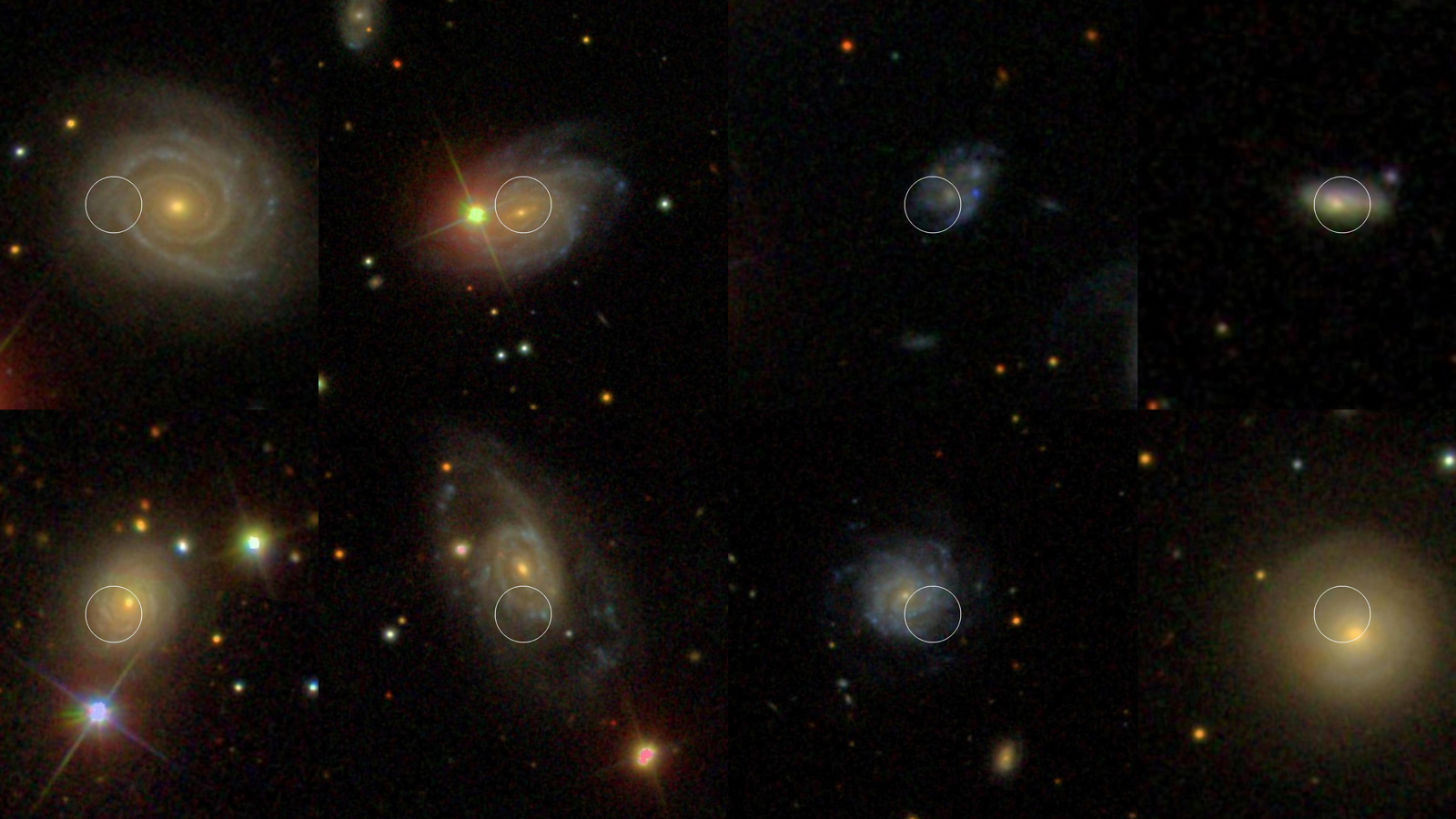NASA | JPL-Caltech | UC Berkeley | 2015 Mar 26
The brilliant explosions of dead stars have been used for years to illuminate the far-flung reaches of our cosmos. The explosions, called Type Ia supernovae, allow astronomers to measure the distances to galaxies and measure the ever-increasing rate at which our universe is stretching apart.
But these tools aren't perfect. In the cosmic hardware store of our universe, improvements are ongoing. In a new report, appearing March 27 in the journal Science, astronomers identify the best, top-of-the-line Type Ia supernovae for measuring cosmic distances, pushing other, more clunky tools to the back of the shelf.
Using archived data from NASA's Galaxy Evolution Explorer (GALEX), scientists show that a particular class of Type Ia supernovae that occur near youthful stars can improve these measurements with a precision of more than two times that achieved before. ...
The findings will help light the way to understanding dark energy, one of the greatest mysteries in the field of cosmology, the study of the origin and development of the universe. Dark energy is the leading culprit behind the baffling acceleration of our cosmos, a phenomenon discovered in 1998. The acceleration was uncovered when astronomers observed that galaxies are pulling away from each other at increasing speeds. ...
Better ‘Cosmic Candles’ to Illuminate Dark Energy
Symmetry Magazine | 2015 Mar 26
Distances with <4% Precision from Type Ia Supernovae in Young Star-Forming Environments - Patrick L. Kelly et al
- Science 347(6229) 1459 (27 Mar 2015) DOI: 10.1126/science.1261475
arXiv.org > astro-ph > arXiv:1410.0961 > 03 Oct 2014 (v1), 26 Mar 2015 (v2)

